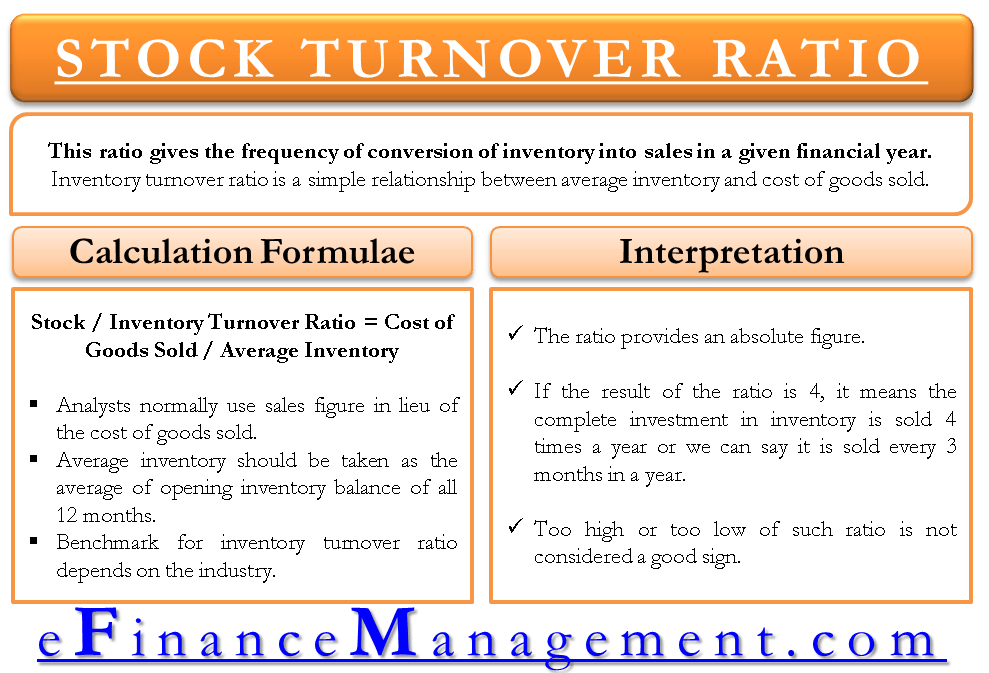
Indirect turnover costs are more difficult to calculate because they’re hard to measure. Transition costs: On top of signing bonuses and relocation expenses, there are benefits enrollment and administrative costs, as well as training costs and supply accommodations.
 Talent acquisition: The cost of finding new talent, including the fees for advertising, recruitment agencies, and pre-employment tests, is high. Leaving costs: Exit interviews, severance pay, and continuation of benefits can add up quickly. There are two kinds of turnover costs: indirect and direct.ĭirect turnover costs are typically easier to calculate, so consider starting here. More goes into the costs of employee turnover than just the price of a job post ad. Step 1: Itemize your list of turnover costs So break out your calculator - or better yet, open up a spreadsheet - and see what employee turnover is costing your business. Ready for the good news? We've done all the research for you and broken it down into simple steps to make the task as painless as possible. Let's start with the bad - there's no way around it, you'll have to do some number-crunching, and it can get pretty complicated. If the sound of formulas, data, and calculators make you grimace, we've got some good news and some bad news.
Talent acquisition: The cost of finding new talent, including the fees for advertising, recruitment agencies, and pre-employment tests, is high. Leaving costs: Exit interviews, severance pay, and continuation of benefits can add up quickly. There are two kinds of turnover costs: indirect and direct.ĭirect turnover costs are typically easier to calculate, so consider starting here. More goes into the costs of employee turnover than just the price of a job post ad. Step 1: Itemize your list of turnover costs So break out your calculator - or better yet, open up a spreadsheet - and see what employee turnover is costing your business. Ready for the good news? We've done all the research for you and broken it down into simple steps to make the task as painless as possible. Let's start with the bad - there's no way around it, you'll have to do some number-crunching, and it can get pretty complicated. If the sound of formulas, data, and calculators make you grimace, we've got some good news and some bad news. 
How to calculate turnover cost: step-by-step Understanding these factors and how they influence the cost of employee turnover is essential Don’t let your business suffer from high employee turnover rates - here's how to calculate the cost of employee turnover. Many factors contribute to the cost of employee turnover, including Did you know the average US company spends $4,000 to hire a new employee? This doesn't include the additional costs that come from the average 24 days it takes to fill the position or the hit to productivity due to lowered team morale.






 0 kommentar(er)
0 kommentar(er)
